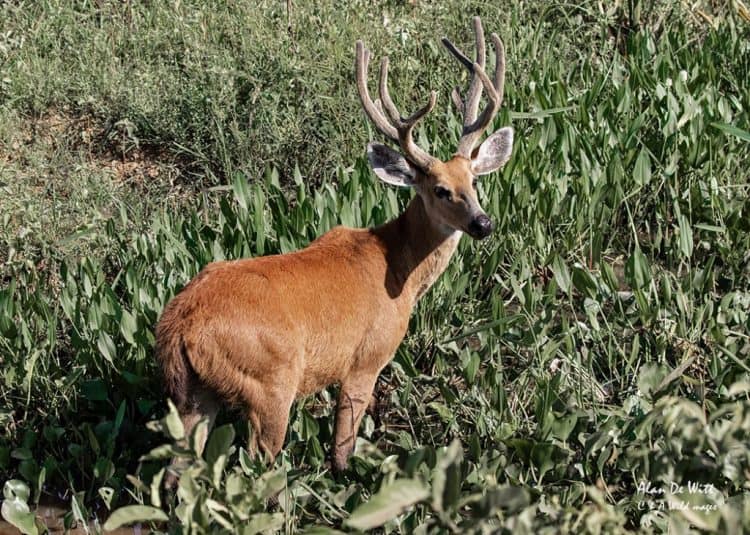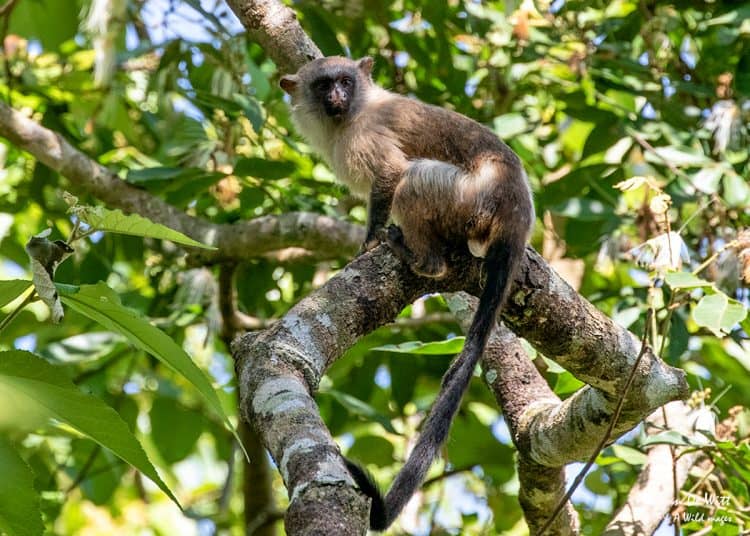The Pantanal has, over the past few years, become one of the most popular places in the Americas for viewing wildlife. The 147 km long drive along the Transpantaneira Highway is often described as the best road in the world to spot wildlife.
The road links the city of Poconé and the village of Porto Jofre on the Cuiabá River. This is the entrance to jaguar country. The road itself is a dirt and sometimes dusty track. Along its route it crosses some 122 wooden bridges.
We drove the 147 km in October in a specially modified 4 wheel drive safari truck. This gives you the best chance of spotting the wildlife that abounds. Our drive was a wildlife safari in itself with lots of opportunities to observe and photograph wildlife. Especially the numerous Capybara, birds, raptors and caiman that can be seen in the trenches that flank both sides of the road.
More images and details about our journey into the Pantanal and the Jaguars at Our Pantanal Diary on https://adwimages.co.uk
We broke the journey by staying a couple of nights at one of the ranches that can be found along the road.

Marsh Deer, the Pantanal’s largest deer seemed to be a common sight feeding in the marsh land areas. Although they are a species which is becoming rare due to destruction of habitat, hunting and infection with cattle diseases.

Along the route you come across small wooded areas which are often are the homes to family’s of Silvery Pantanal Marmoset.

Anyone interested in birds won’t be disappointed. There were plenty of hawks, including Savanah, Black Collared and Roadside Hawks. Jabiru and Wood Stork waded in the roadside pools. Whilst Southern Screamers and Southern Crested Caracaras could be seen walking in the grassy areas.
Built in early 1970s The Transpantaneira Highway was intended to bisect Pantanal from north to south, Along the route there’s very little evidence of humans activity with most of the ranches well back for the road.
On our trip along the road we stopped to stretch our legs at a derelict stone building, built on one of the wooded islands. Possibly something left over from the original road construction efforts. On the trees were what looked like bird boxes but they were bee hives. Plus, a Great Horned Owl was sitting in the branches amongst the trees .
Finally after the long drive we arrived at Porto Jofre on the banks of the river. The Hotel Porto Jofre is possibly the largest building with its own airstrip and is aimed at wealthy clients.
Further along the banks is Porto Jofre . This is a small hamlet with a few scattered huts and tourist accommodation on the north bank of the 170 m. wide Cuiaba River.
Jaguars Galore https://adwimages.co.uk/jaguars-galore/
Alan De Witt
After spending a career that demanded much of my time and energy. I'm now retired and finally found some time to pursue an interest in wildlife and photography as well as putting together a website C & A's Wild Images.
I now live in Norfolk, an ideal location in the UK to see wildlife and over the years have also had the opportunity to visit and spend time using the camera in interesting and sometimes remote parts of the world. I first became interested in trying to capture wildlife images when I left university in the days of slide film. Initially I used two compact cameras with 20+ zooms but now have moved to a professional Canon SLR set-up.





Leave a Reply